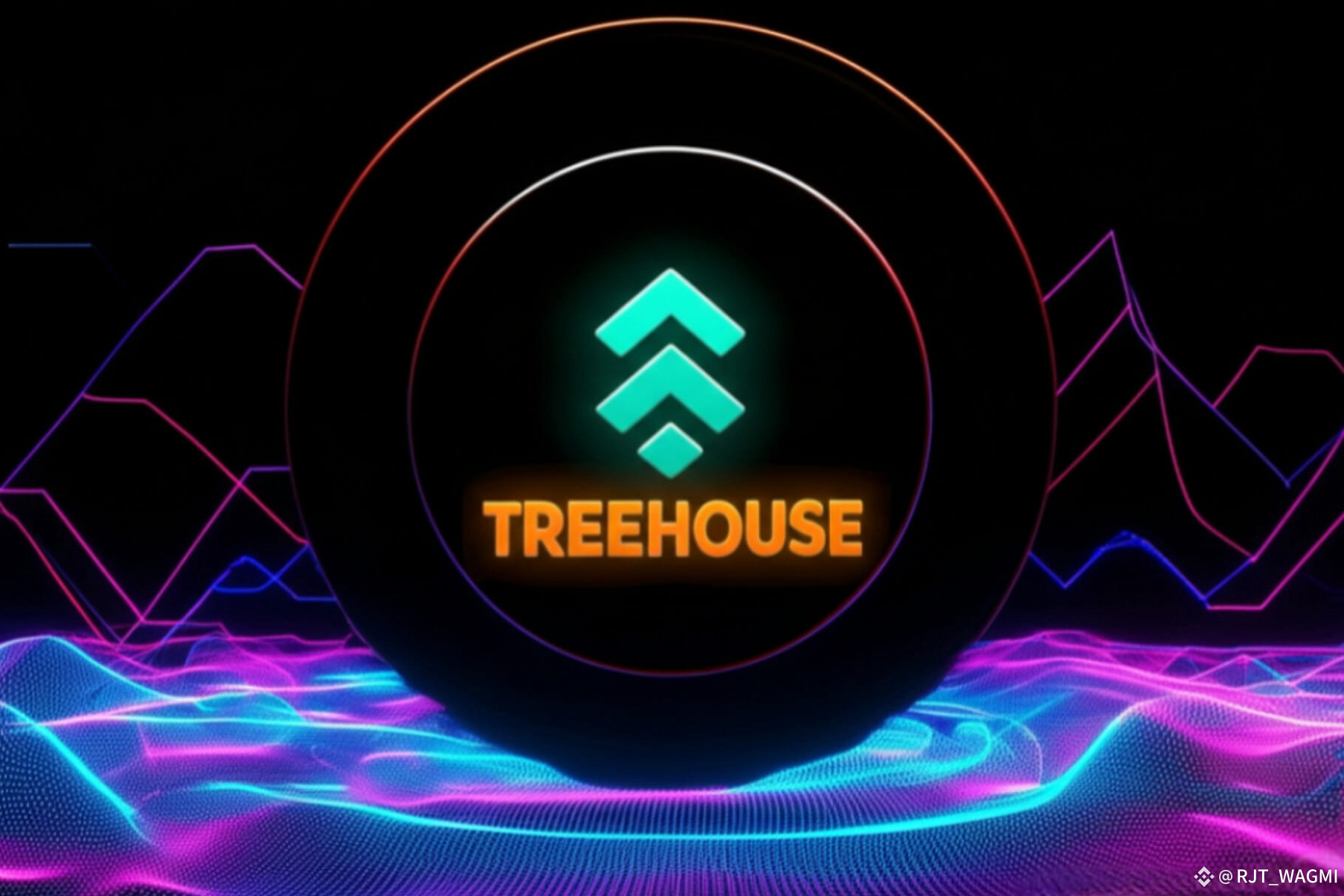For years, decentralized finance (DeFi) has been the “Wild West” of crypto—fast-moving, experimental, and filled with both risk and reward. While speculation, yield farming, and liquidity mining have fueled explosive growth, one essential pillar of traditional finance has largely been missing: fixed income.

That’s exactly the gap Treehouse Protocol aims to fill. By introducing on-chain products that mimic the stability of bonds, notes, and other debt instruments, Treehouse is building a system where predictable returns and transparent risks can finally coexist with the creativity of DeFi.
Why Fixed Income Matters in DeFi
In traditional finance, fixed-income assets like government bonds and corporate debt form the backbone of global markets. They provide:
Predictable cash flows
Lower volatility compared to equities
Reliable benchmarks for institutional investors
Despite being worth hundreds of trillions of dollars globally, fixed income has been almost absent from DeFi. Instead, users have had to rely on yield farming, staking, and speculative trading—strategies that may generate high returns but also carry risks such as:
Sudden token price crashes
Impermanent loss in liquidity pools
Protocol-level vulnerabilities
Unclear lock-up terms
Treehouse’s mission is to flip the script by giving users structured products with clear, enforceable terms—all backed by smart contracts instead of intermediaries.
How Treehouse Protocol Works
Treehouse Protocol is a decentralized ecosystem designed exclusively for fixed-income products. Its core features include:
Fully On-Chain Infrastructure
No middlemen, no paperwork. Smart contracts govern issuance, trading, and settlement of all products.
Income-Generating Products
Treehouse users can access a range of structured products, including:
Fixed-rate vaults
Callable notes
Zero-coupon bonds
Tokenized credit instruments
All products are collateralized by DeFi-native assets.
Transparent Risk Models
Unlike opaque DeFi APYs, Treehouse offers real-time risk dashboards that break down exactly where yields come from and what risks are attached.
Borderless Access
Anyone, anywhere in the world can tap into the kind of income strategies once reserved for banks, hedge funds, and large institutions.
Composability
Treehouse products can be traded, used as collateral, or bundled into ETFs and DAO treasury strategies, allowing DeFi ecosystems to grow around them.
Why Treehouse Stands Out
Treehouse is more than just another protocol—it represents a structural shift for DeFi. By introducing predictable, fixed-income products, it enables:
Yield farmers to stabilize income streams instead of chasing volatile APYs
DAOs to better manage treasuries with low-risk products
Retail investors to diversify away from purely speculative assets
Institutions to test DeFi adoption without extreme market swings
In many ways, Treehouse is to DeFi what U.S. Treasuries are to TradFi: a foundational layer of stability.
The Roadmap: Building DeFi’s Fixed-Income Layer 🚀
Treehouse isn’t stopping at a few vaults. Its long-term vision includes:
Multi-chain expansion (Ethereum, Solana, Layer 2s)
Tokenized risk tranching (DeFi-native CDOs)
Automated portfolio managers for fixed income strategies
A governance-focused DAO to steer protocol rules
A native $TREE token for incentives and participation
If successful, Treehouse could evolve into the backbone of DeFi’s financial architecture, bridging traditional stability with crypto-native innovation.
Final Thoughts: Beyond Speculation
The big question for blockchain has always been: Can it do more than enable speculation?
Treehouse Protocol offers a compelling answer. By bringing fixed income on-chain, it adds maturity, predictability, and real-world financial value to an ecosystem often defined by volatility.
In short, Treehouse isn’t just another DeFi experiment—it’s a critical building block for the next era of Web3 finance.


